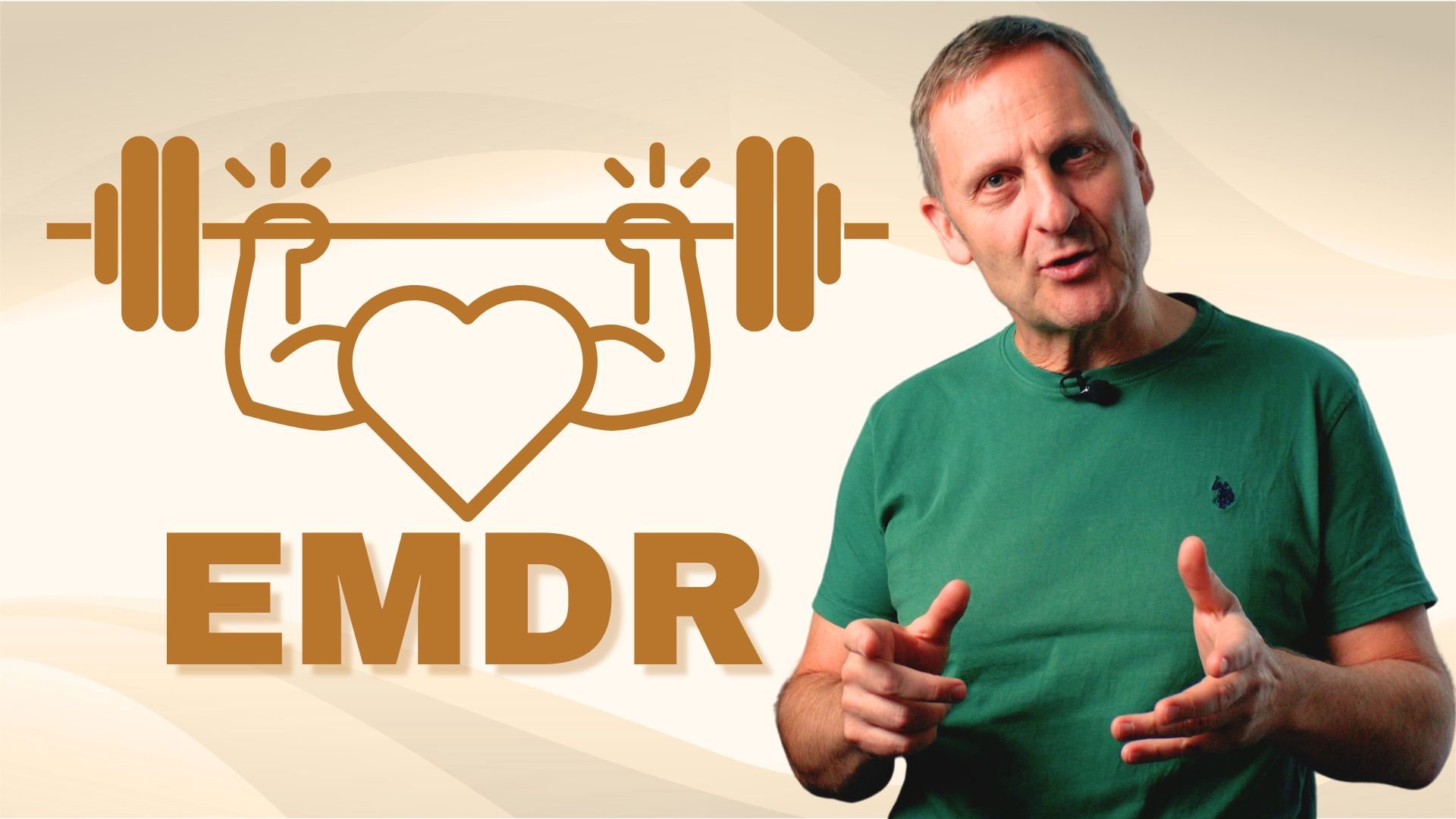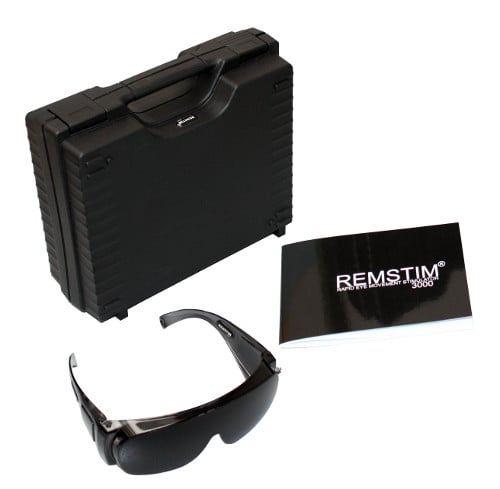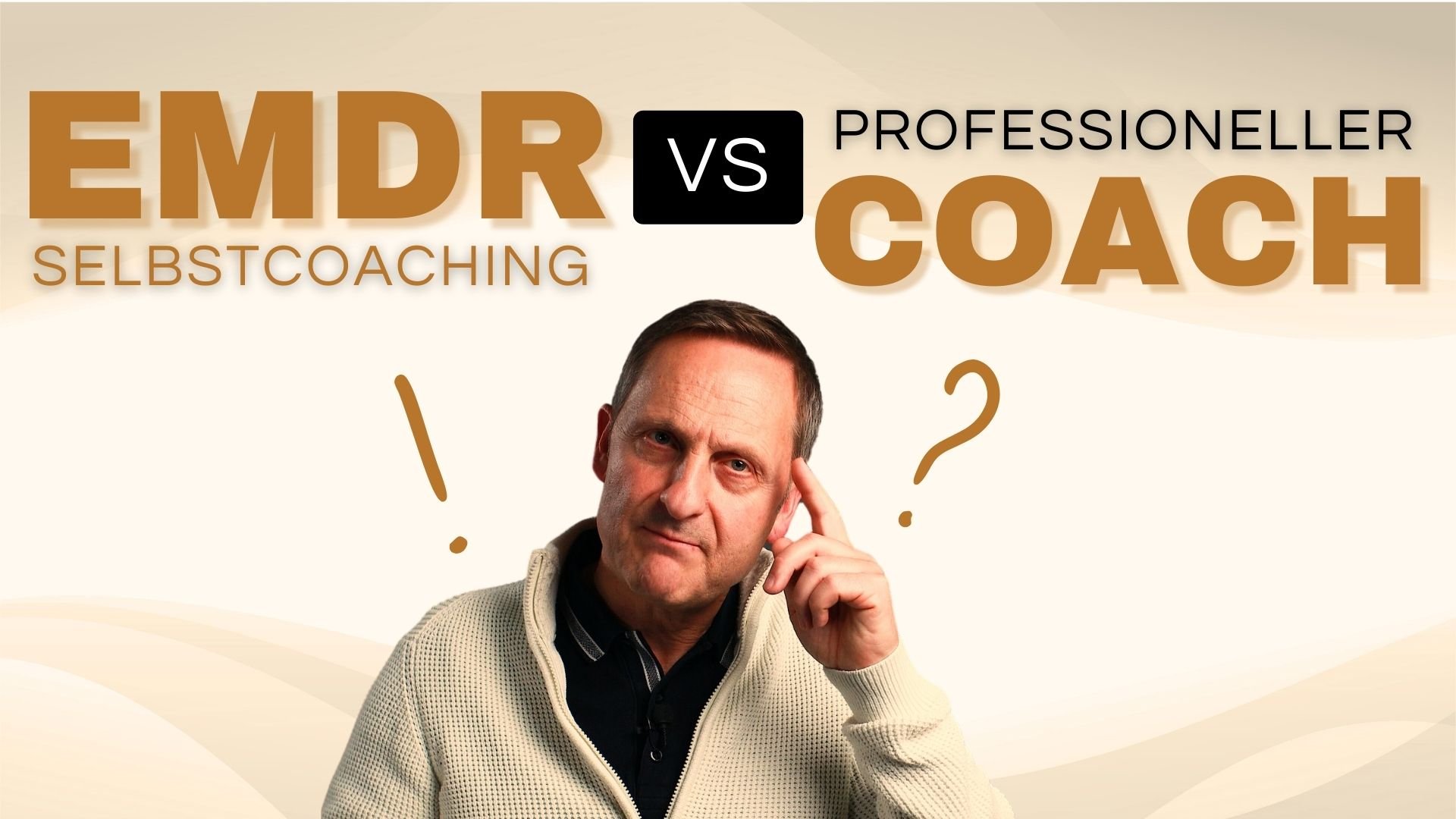The effective stimulation technique of the REMSTIM 3000 was one of the most elaborate challenges in the development of the EMDR device.
 The development of the technique for visual bilateral stimulation, which during an application noticeably pleasantly guides the eyes to fast movements and seems so simple, required numerous experimental setups. Various models were tested before the EMDR glasses went into production.
The development of the technique for visual bilateral stimulation, which during an application noticeably pleasantly guides the eyes to fast movements and seems so simple, required numerous experimental setups. Various models were tested before the EMDR glasses went into production.
The results revealed that the following parameters are extremely important and crucial for effective and successful EMDR self-coaching application.
Only one form of stimulation used in the REMSTIM 3000 met the high standards of an effective EMDR device: this is exactly modeled on the waving of a finger in front of the coachee’s eyes by a coach. Consequently, the light stimulus simulates the flowing, stimulating movements of the hand, so that the EMDR goggles never leave the user’s eyes to themselves without guidance. Uncoordinated “gaze jumps” are therefore not possible.
Test results show the way to the right stimulation technique
Experiments with a less complex technical solution, in which only light sources positioned at the respective outer edge of the field of view of the eyes flash alternately, led to unsatisfactory results. The eyes frequently performed hasty and uncoordinated jumps between the alternating flashing light stimuli. The user was repeatedly forced to find the beat of the alternating flashing light pulses anew, which made following with steady eye movements extremely difficult. The eye movements then also resembled more a hasty and uneven jumping back and forth.

For this reason, the REMSTIM 3000 EMDR goggles use 30 horizontally aligned precision micro-LEDs that produce an unobtrusive and permanently guiding stimulus. Both eyes of the user are thus guided individually and synchronized to uniformly flowing, rapid movements at every moment of the EMDR stimulation application. Jumps and a hasty back and forth of the eyes, which can prevent the positive stimulation effects of successful self-coaching, are thus avoided.
This particular stimulation arrangement also allows the relevant stimulation parameters of the EMDR goggles to be adapted to the personal requirements of the user.
This is because there are big differences in how far users can see with their eyes to the left and right. The adjustment options of the EMDR device must take account of this different maximum degree of eye deflection. It must also be possible to adjust the speed at which the stimulus from the EMDR goggles stimulates the user. The last setting is stored in the control chip for the next application.
But not only different users use different settings. Even an individual user will want to repeatedly adjust the stimulation parameters to suit their needs and coaching goals. For example, intervening during self-coaching of a state of mind usually requires more rapid stimulation than weaving in positive reminders and goal-directed and affirming beliefs.











